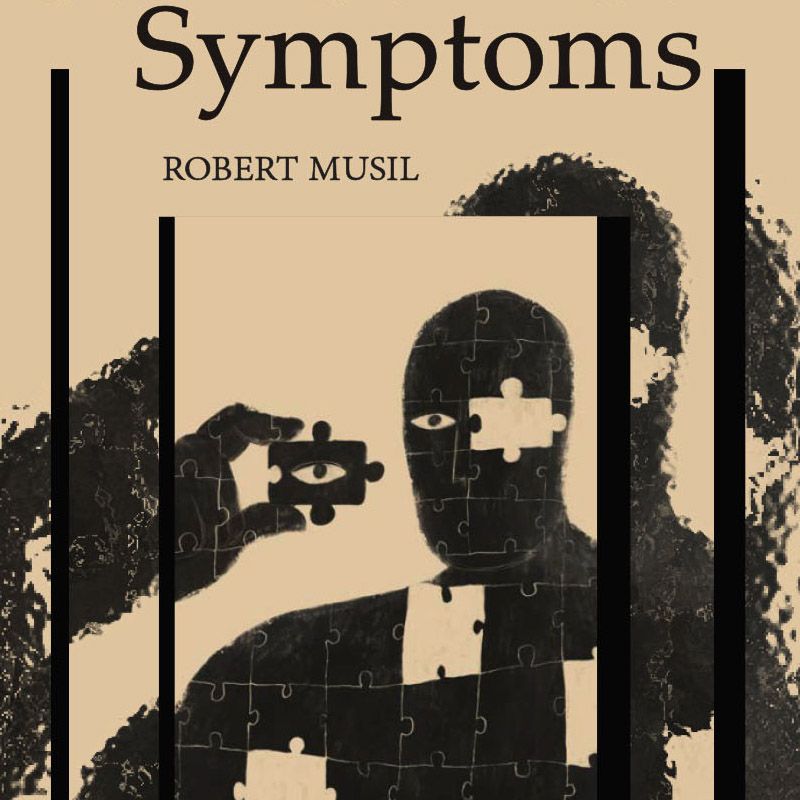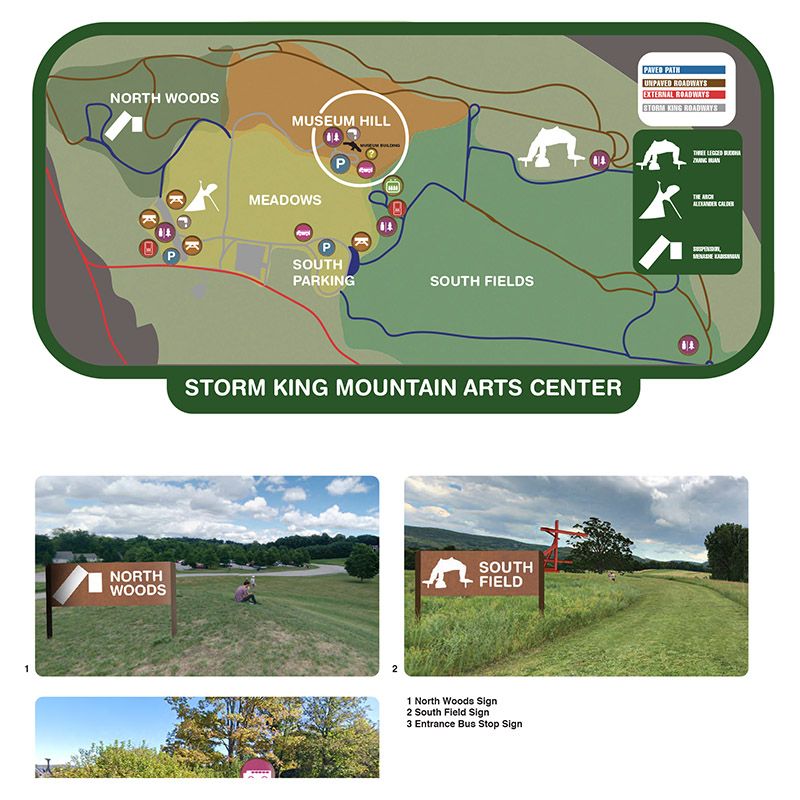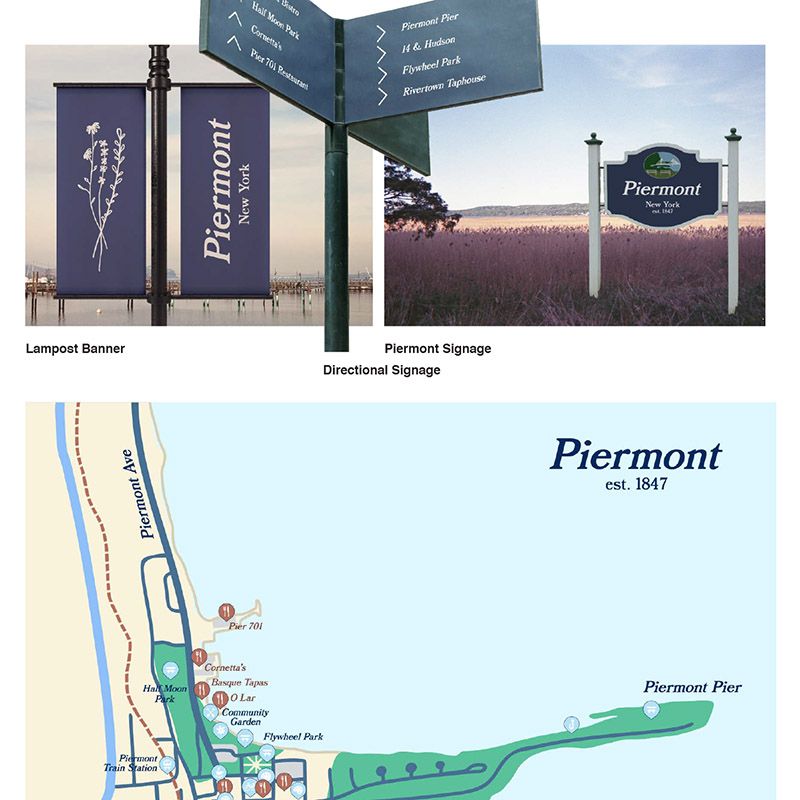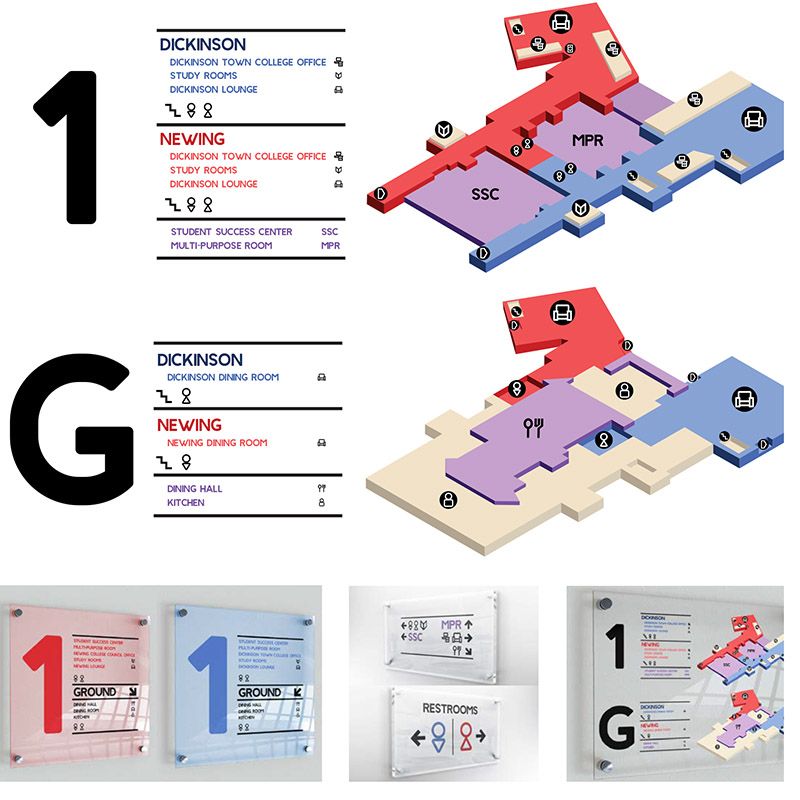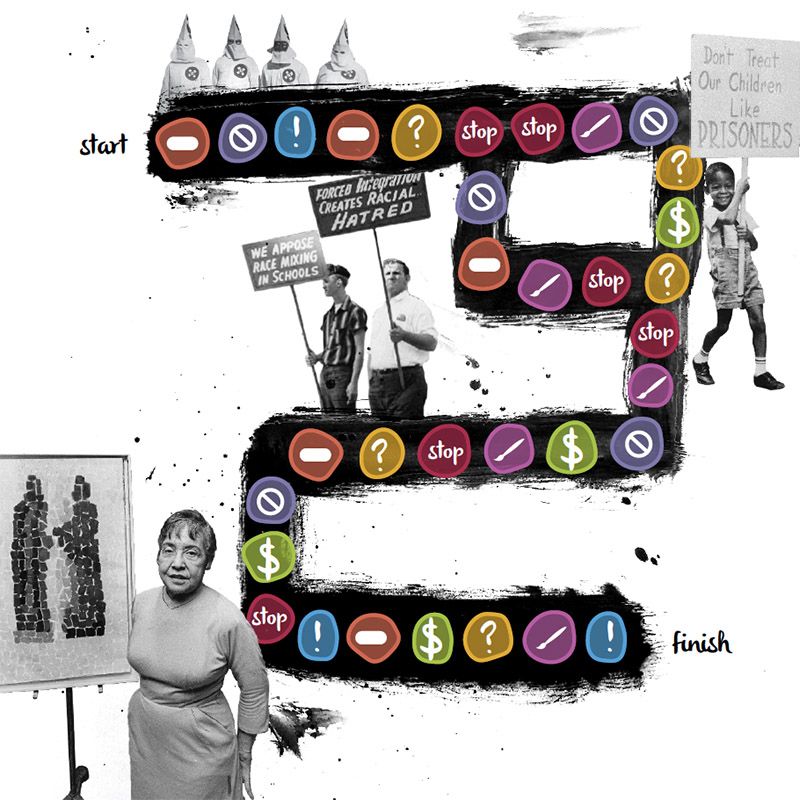Graphic Design II
Projects
P1 Book Cover
We shall design a conceptual cover for Robert Musil’s Theater Symptoms, which will be published by CMP in 2020. Your solutions should provide an interpretation of both the content of the book, and its witty & sardonic style. The synopsis of the book will be used (edited) to typeset the back cover text. Be bold, daring, and unorthodox. (The project includes a lecture by Genese Grill, the translator of the book.)
P2 Wayfinding
We shall create a wayfinding system for a large local public space — indoor or outdoor. You will need to study how the space is used and design a coherent typographic identity to support the navigation of the physical space. The starting point for our work will be writing a taxonomy of the activities that happen in the space: a list of all relevant actions, circulation paths, decision points, rooms, etc. Such plan will feed the design of your personal map for the building or space, and a flexible visual signage system that will include custom icons and symbols.
P3 Game Design
We shall make a conceptual, informative and educational game around the broad topic of the notion of “decolonizing design” using the resources published in Decentering Whiteness in Design History and in the Decolonizing Design Reader as a starting point for the research. Find an original name for the game, and design its logo.
In order to recognize all culturally important forms of making, the game should function to absorb the messages of inclusion, diversity, gender-equality and anti-racism in the field of design and in society at large. Subjects of exploration include but are not limited to: community, tech, academia, health & science, government, global economy, lifestyle, and psychology.
Select your sources, explain them in simple terms, ultimately to draw value from your collection. The game can be geared toward: awareness, activism, data visualization, anecdotal evidence, interviews, trivia, etc. Your game/story will allow others to relate to facts, contexts and emotions, and to bring their own interpretation to what they see, hear or read.
This project will help you to contribute to your society through the act of contextualizing graphic design. Use the history of graphic design to shape your concept stylistically, and critically. The final outcome will be a freely conceived prototype of the game.


